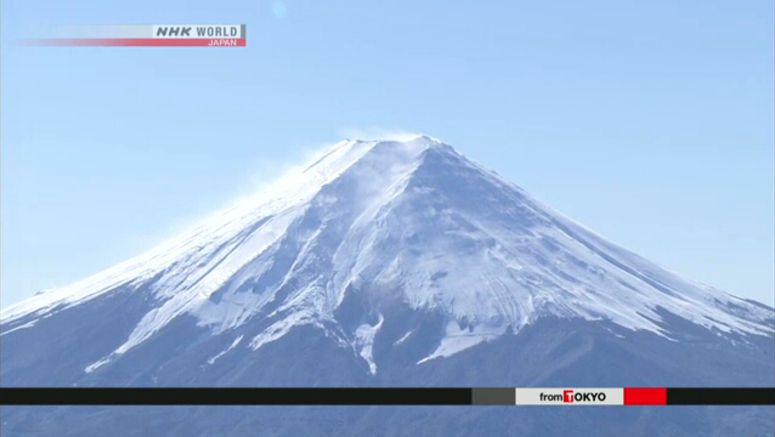Mt. Fuji's Hoei Eruption Found To Have Caused Fire

NHK has learned that a research team of archaeologists and volcanologists have found that Mount Fuji's Hoei eruption in 1707 burned a settlement near the crater.
Little was known about the settlement in the Subashiri district in Oyama Town, Shizuoka Prefecture other than what is written in old documents, as it was completely buried under about 3 meters of ashes, and new homes were built over it.
The research team was launched last June to look into how the settlement was affected by the eruption.
Two square-shaped pieces of wood, believed to have been pillars of a house as well as parts of a wall and straw-thatched roof were discovered about two meters underground.
It is the first time the settlement has been excavated.
The researchers say pumice and scorched pieces of wood were discovered.
The research team believes high-temperature cinders hit the houses and set them on fire.
The team is planning to reveal at what point during the eruption the houses caught fire, and how they burned.
Sugiyama Kohei, a researcher from Tokyo University who heads the team, says they were able to confirm that the eruption caused the fire, and that it will be an important clue in considering measures against future eruptions.



















